I recently made this sweet and thought of sharing the recipe with you. The traditional version of modak is made with rice flour and stuffed with coconut and jaggery filling. I have already shared the traditional Maharashtrian recipes of:
Modak (Ukadiche Modak) Fried Modak
In this recipe, as the name suggests, fine sooji or rava is used to make the outer cover. The filling is made of coconut and jaggery. Taste-wise it is similar to the modak made from rice flour. This is an easy method as it takes less time, but the effort is there. It takes less time as you don’t need to steam them. I have very sweet memories associated with Modak and I guess that will be case with many of you who celebrate Ganesha Chaturthi festival. Modak is one of the favorite sweet of the Hindu God, Bhagwan Ganesha and is specially prepared as a prasadam during the Ganesha festival. Bhagwan Ganesha also loves ladoo. So Coconut ladoo and Rava ladoo are also made during Ganesh Chaturthi festival. You can also use the modak mould to make things easy for you or do the traditional way of shaping with your hands. If you prefer the mould then you can also check these other modak varieties as i have used the moulds while making these recipes and shown the method in stepwise photos:
Chocolate ModakKozhukattaiMawa ModakMango Modak Dry fruits Modak
For complicated recipes, generally I write step-by-step post and nowadays I have started making videos. But for this recipe, I will be sharing both step by step post as well as a video. The recipe has been adapted from the Marathi cookbook “Annapurna” by Mangala Barve. Note that if you are making this dish for Bhagwan Ganesha then make sure all your ingredients are fresh. Don’t taste any of the ingredients or sweet filling while cooking. Ensure purity and cleanliness. Cook with devotion and prayerfulness.
How to make Rava Modak
Making the sweet stuffing 2. The jaggery would start melting at first. Later it will continue to cook. Cook this filling mixture till the jaggery starts thickening and there are no liquids in the mixture. 3. Don’t overcook as then the mixture would become dense and hard. Keep aside for cooling the filling. As the filling cools it will thicken. Once the mixture is cooked then switch off the heat and add ½ teaspoon cardamom powder. Stir and mix well. Making rava dough 4. Take 2.5 cups of water in a saucepan or any pan. Add 2 teaspoon oil or ghee and ¼ teaspoon salt in it. 5. Bring the water to a rolling boil on medium-high to high heat. Once the water comes to a rolling boil then switch off the heat. Place the pan on kitchen countertop. 6. Add the semolina or rava to the hot water. Use a finer variety of rava. 7. Stir with a wooden spatula or spoon till all the rava has been incorporated in the water. Mix really well. Ensure that there are no lumps. If the rava mixture looks dry and loose then add a few tablespoons of hot water to it. 8. Now place this pan on low heat for 5 to 6 minutes. Continuously stir so that the rava does not stick and get burnt. After five minutes switch off the heat. Cover the pan with a lid for 5 to 6 minutes. Taste a pinch of the dough (only if you are making this for your family). If the rava feels under cooked, then cook for a few more minutes. Ensure that the rava is cooked well. Undercooked rava can give stomach aches. 9. The dough would be still hot when the kneading has to be done. If you cannot manage the heat, then let it cool for a few minutes more. Knead well and make a smooth dough. When kneading apply some oil on your palms. There should be no lumps in the dough after kneading.
Making rava modak
10. Now take a lemon sized ball from the dough. 11. Flatten the dough ball on the palm of your hands 12. Or press the edges with your fingers and keep on moving the dough circle. 13. Place a few spoonfuls of the coconut-jaggery filling in the center. 14. Pinch the edges and bring the fluted edges in the center. 15. Join the center and pinch the top. Taper the top. Shape and make all the rava modak in a similar way. 16. You don’t need to steam them further. Serve the rava modak to Bhagwan Ganesha. You can also enjoy them as a sweet snack. It is best to have them as soon as they are made. Any leftover semolina modak kept in the fridge will become dense. If you are looking for more Ganesh Chaturthi festival recipes then do check:
Patholi RecipeSooji HalwaMotichoor LadooPooran Poli
Please be sure to rate the recipe in the recipe card or leave a comment below if you have made it. For more vegetarian inspirations, Sign Up for my emails or follow me on Instagram, Youtube, Facebook, Pinterest or Twitter. This Rava Modak post from the blog archives first published in July 2013 has been republished and updated on 3 September 2021.
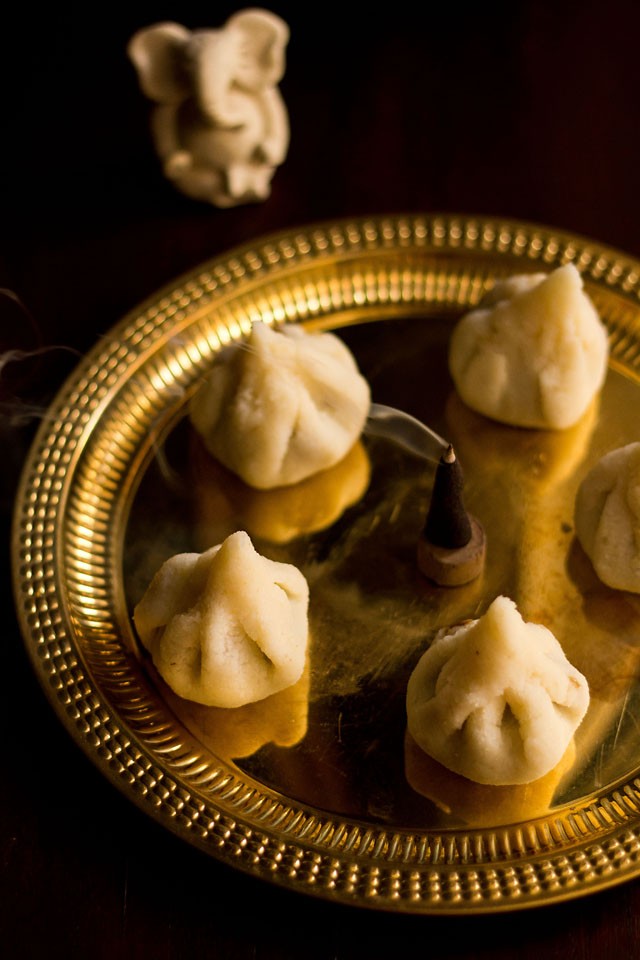
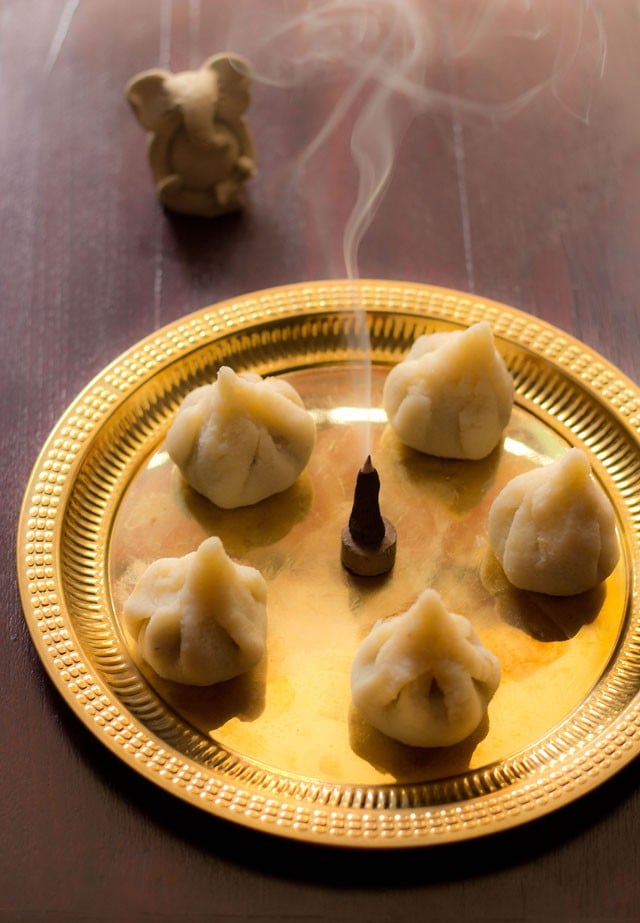
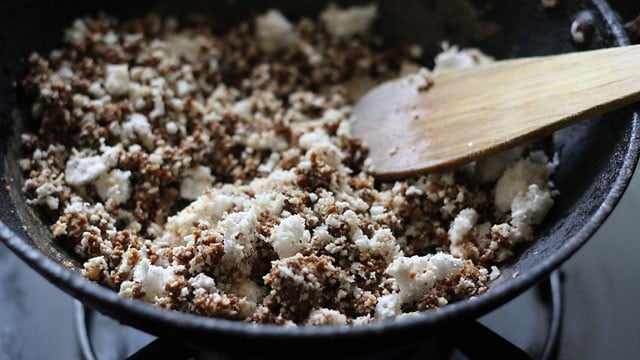
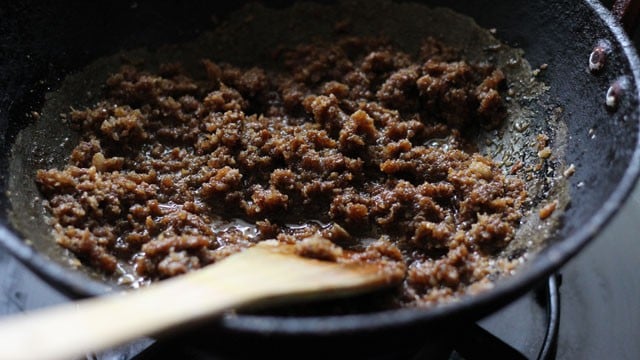
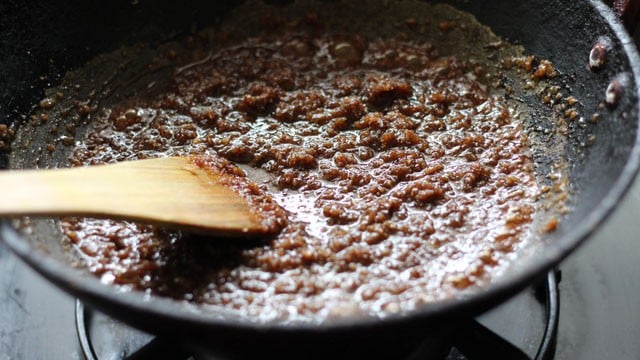
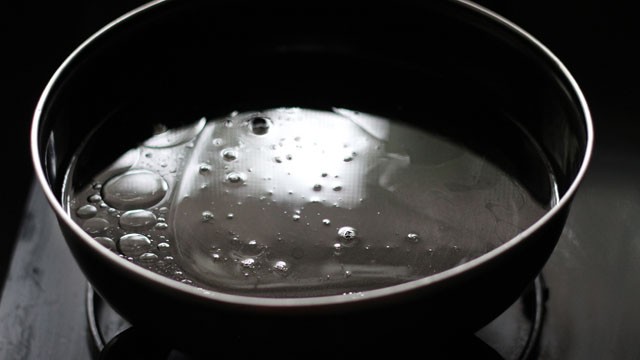
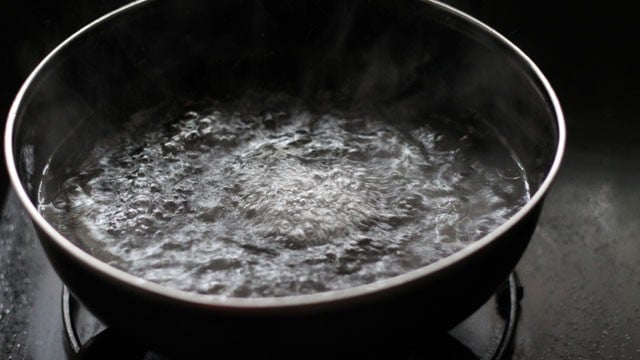
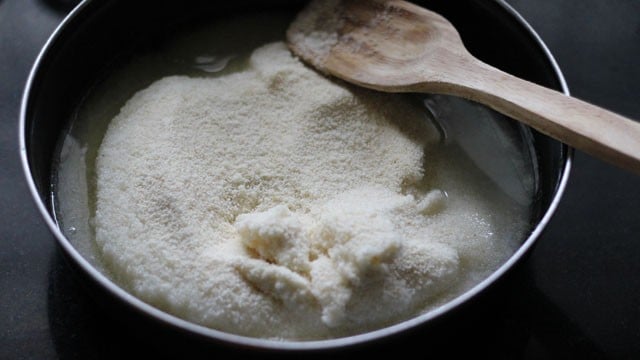
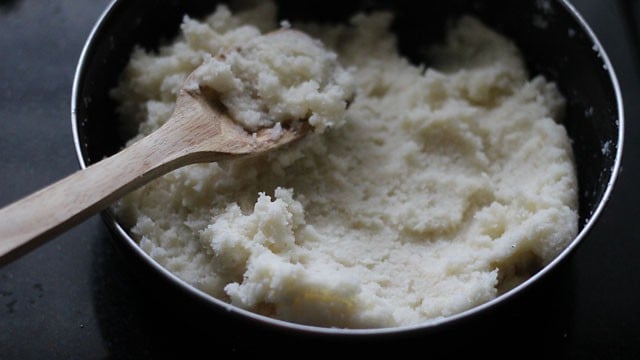
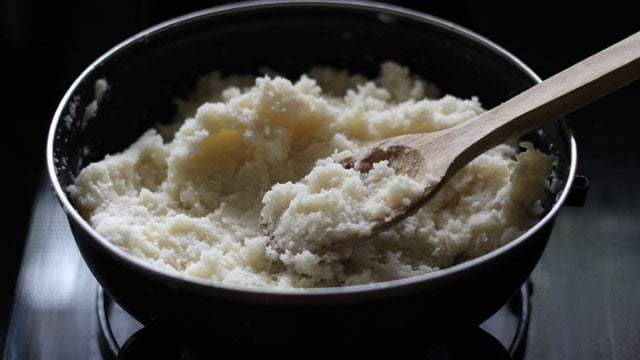
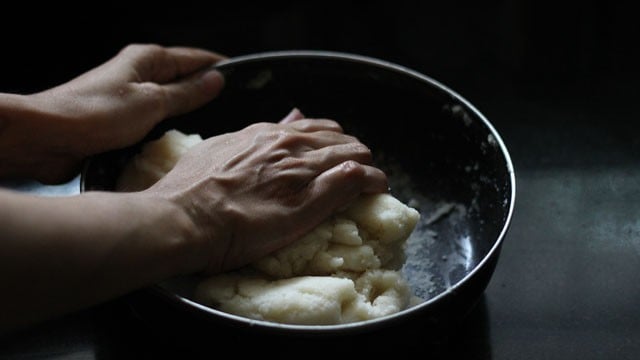
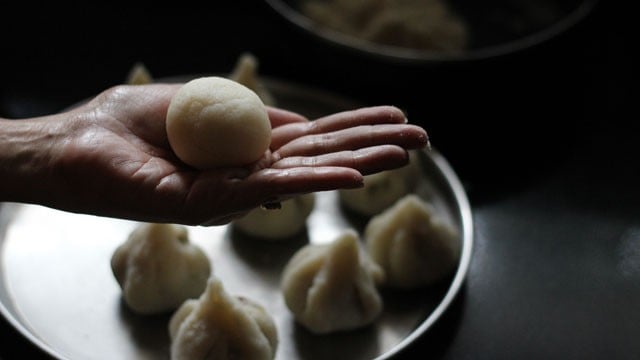
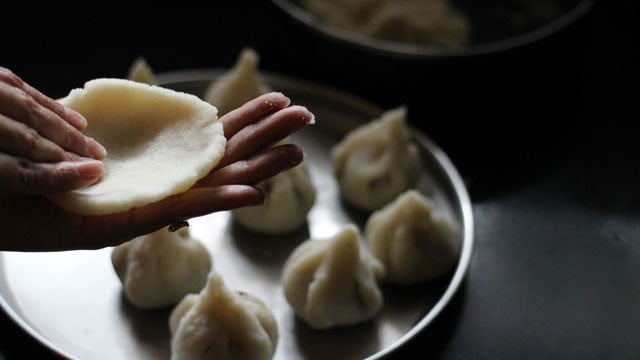
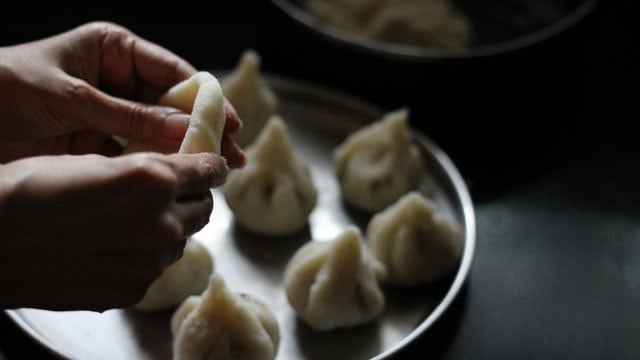
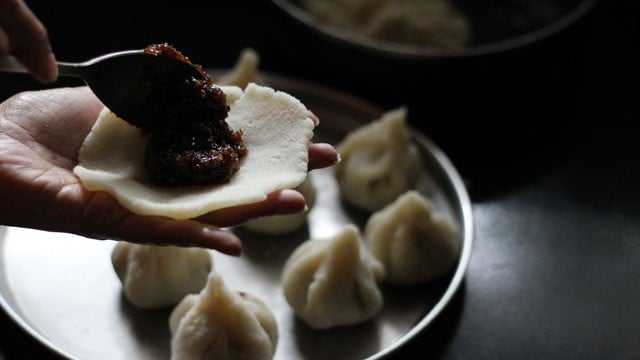
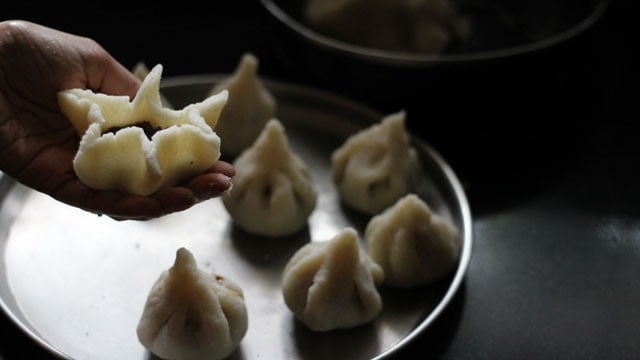
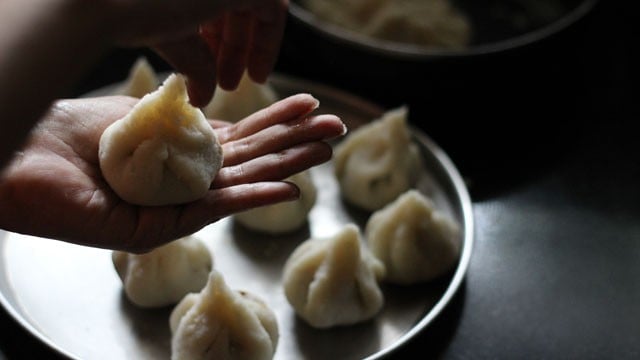
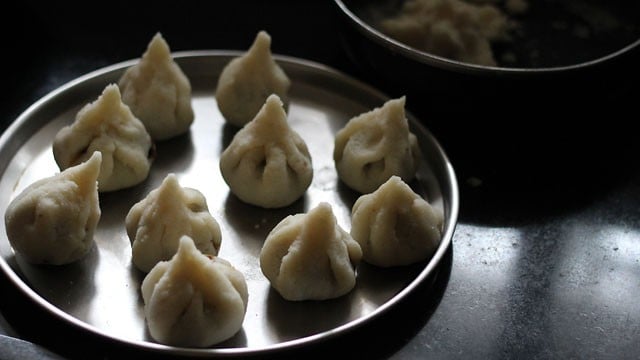
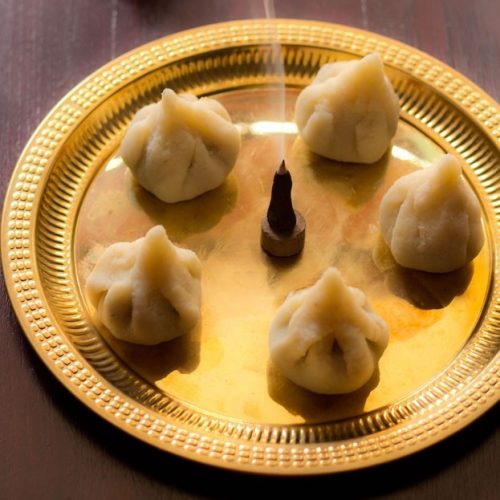
title: “Rava Modak Easy Semolina Modak " ShowToc: true date: “2024-10-06” author: “Loretta Nelson”
I recently made this sweet and thought of sharing the recipe with you. The traditional version of modak is made with rice flour and stuffed with coconut and jaggery filling. I have already shared the traditional Maharashtrian recipes of:
Modak (Ukadiche Modak) Fried Modak
In this recipe, as the name suggests, fine sooji or rava is used to make the outer cover. The filling is made of coconut and jaggery. Taste-wise it is similar to the modak made from rice flour. This is an easy method as it takes less time, but the effort is there. It takes less time as you don’t need to steam them. I have very sweet memories associated with Modak and I guess that will be case with many of you who celebrate Ganesha Chaturthi festival. Modak is one of the favorite sweet of the Hindu God, Bhagwan Ganesha and is specially prepared as a prasadam during the Ganesha festival. Bhagwan Ganesha also loves ladoo. So Coconut ladoo and Rava ladoo are also made during Ganesh Chaturthi festival. You can also use the modak mould to make things easy for you or do the traditional way of shaping with your hands. If you prefer the mould then you can also check these other modak varieties as i have used the moulds while making these recipes and shown the method in stepwise photos:
Chocolate ModakKozhukattaiMawa ModakMango Modak Dry fruits Modak
For complicated recipes, generally I write step-by-step post and nowadays I have started making videos. But for this recipe, I will be sharing both step by step post as well as a video. The recipe has been adapted from the Marathi cookbook “Annapurna” by Mangala Barve. Note that if you are making this dish for Bhagwan Ganesha then make sure all your ingredients are fresh. Don’t taste any of the ingredients or sweet filling while cooking. Ensure purity and cleanliness. Cook with devotion and prayerfulness.
How to make Rava Modak
Making the sweet stuffing 2. The jaggery would start melting at first. Later it will continue to cook. Cook this filling mixture till the jaggery starts thickening and there are no liquids in the mixture. 3. Don’t overcook as then the mixture would become dense and hard. Keep aside for cooling the filling. As the filling cools it will thicken. Once the mixture is cooked then switch off the heat and add ½ teaspoon cardamom powder. Stir and mix well. Making rava dough 4. Take 2.5 cups of water in a saucepan or any pan. Add 2 teaspoon oil or ghee and ¼ teaspoon salt in it. 5. Bring the water to a rolling boil on medium-high to high heat. Once the water comes to a rolling boil then switch off the heat. Place the pan on kitchen countertop. 6. Add the semolina or rava to the hot water. Use a finer variety of rava. 7. Stir with a wooden spatula or spoon till all the rava has been incorporated in the water. Mix really well. Ensure that there are no lumps. If the rava mixture looks dry and loose then add a few tablespoons of hot water to it. 8. Now place this pan on low heat for 5 to 6 minutes. Continuously stir so that the rava does not stick and get burnt. After five minutes switch off the heat. Cover the pan with a lid for 5 to 6 minutes. Taste a pinch of the dough (only if you are making this for your family). If the rava feels under cooked, then cook for a few more minutes. Ensure that the rava is cooked well. Undercooked rava can give stomach aches. 9. The dough would be still hot when the kneading has to be done. If you cannot manage the heat, then let it cool for a few minutes more. Knead well and make a smooth dough. When kneading apply some oil on your palms. There should be no lumps in the dough after kneading.
Making rava modak
10. Now take a lemon sized ball from the dough. 11. Flatten the dough ball on the palm of your hands 12. Or press the edges with your fingers and keep on moving the dough circle. 13. Place a few spoonfuls of the coconut-jaggery filling in the center. 14. Pinch the edges and bring the fluted edges in the center. 15. Join the center and pinch the top. Taper the top. Shape and make all the rava modak in a similar way. 16. You don’t need to steam them further. Serve the rava modak to Bhagwan Ganesha. You can also enjoy them as a sweet snack. It is best to have them as soon as they are made. Any leftover semolina modak kept in the fridge will become dense. If you are looking for more Ganesh Chaturthi festival recipes then do check:
Patholi RecipeSooji HalwaMotichoor LadooPooran Poli
Please be sure to rate the recipe in the recipe card or leave a comment below if you have made it. For more vegetarian inspirations, Sign Up for my emails or follow me on Instagram, Youtube, Facebook, Pinterest or Twitter. This Rava Modak post from the blog archives first published in July 2013 has been republished and updated on 3 September 2021.


















